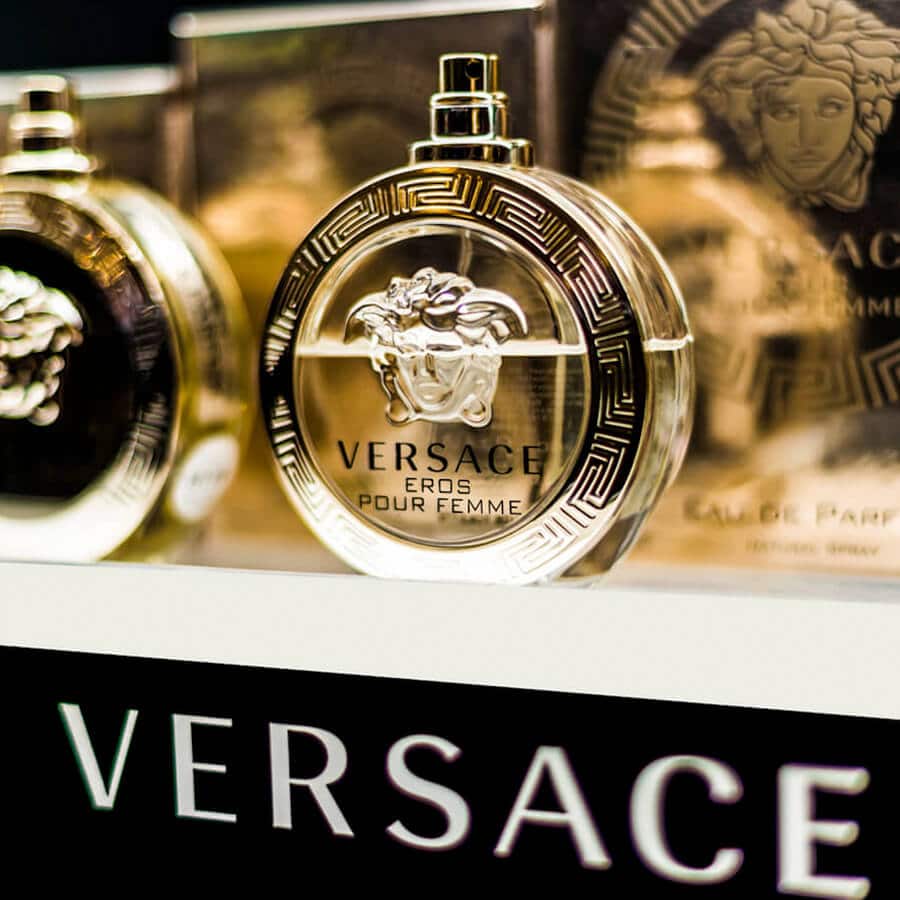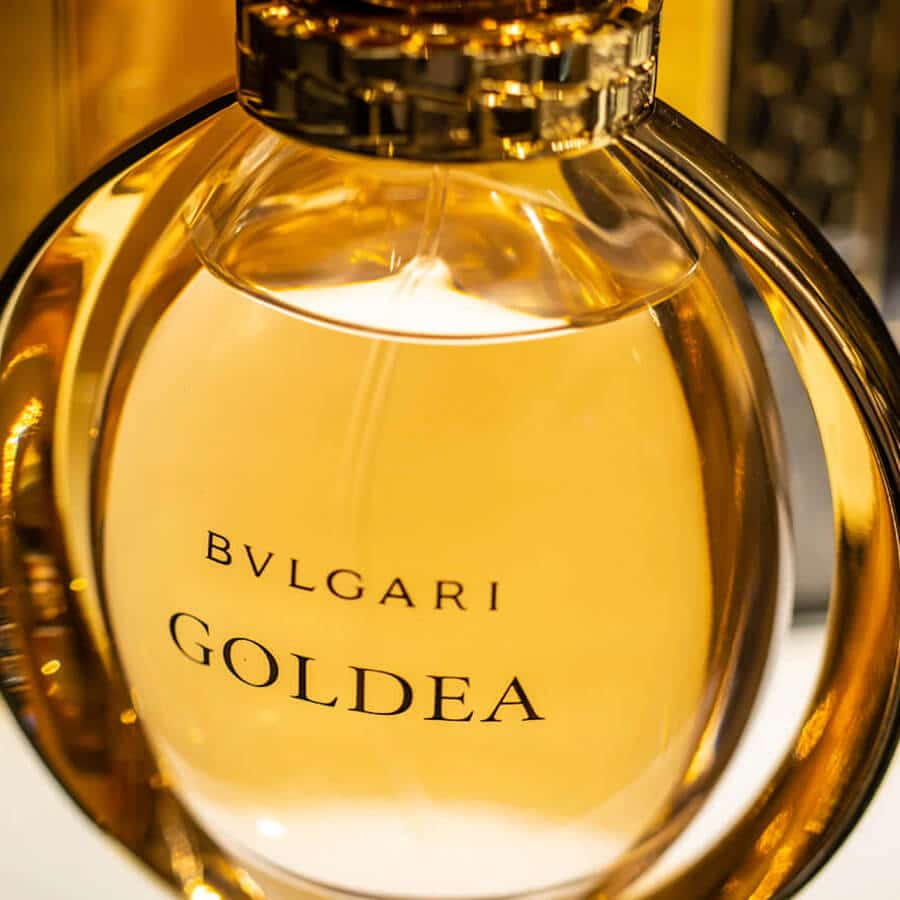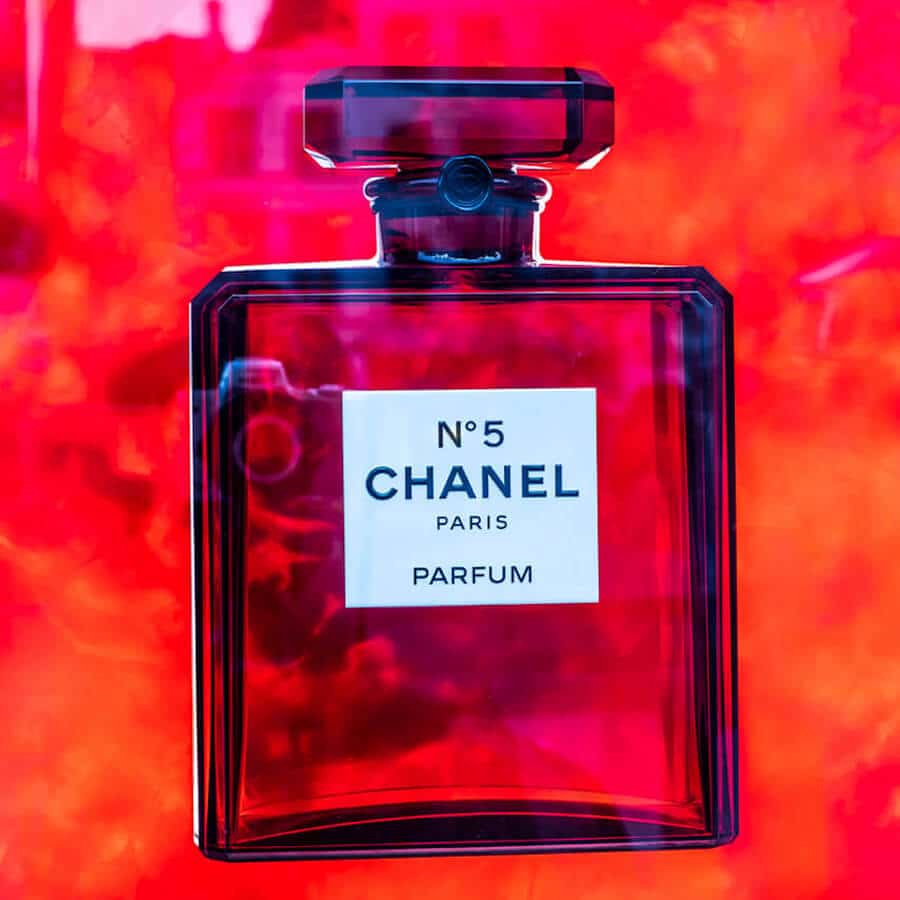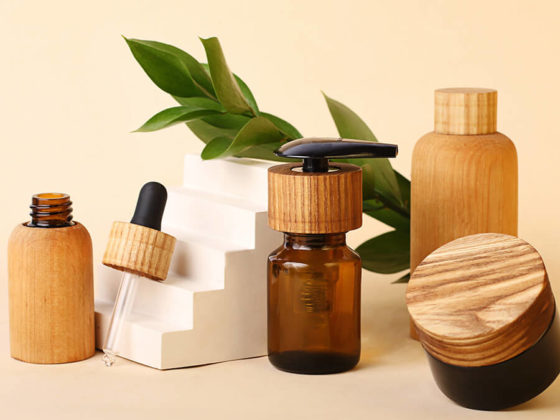We are used to seeing packaged products, but this has not always been the way things are. Only at the end of the eighteenth century, when the industrial revolution brought production to such high quantities, did it require wrapping, either for protection or for recognizability against competitors. What we expect from packaging today can be very different from what was expected years or centuries ago. Let’s retrace together some highlights of the history of packaging in Italy.
Indice
The basic functionality at the origin of packaging
Packaging was created for several reasons – to keep the products for a long time; to provide information, for example the type of product or the list of ingredients; and to distinguish one brand from another thanks to the colors and fonts of the brands on the packaging. It is thanks to the packaging that we instantly recognize a soap for clothing from a soap for our skin, or a bottle of toothpaste from one of mayonnaise. Today it may seem obvious, but packaging and positioning on the supermarket shelves define the identity of a product.
The packaging that adds beauty
Over the years packaging has taken on the function of ornamentation, its aesthetics increasing the value of the product. The process, which began in the ‘30s in the United States, only spread into Italy from the ‘50s. In the case of the gift box sometimes the packaging was more precious than the actual product, and became a collectible. Up to the ‘70s, chocolates and “gift cookies” were sold in tin boxes that remained in the house as sewing boxes or all-purpose storage boxes. Also emblematic of this was the way candy boxes were advertised during this period; “A Sperlari box is never wrapped”, indicating that the packaging was part of the gift.
The value of packaging in marketing
The value of packaging was quickly grasped by scholars of modern marketing. Traditionally we know the 4 P’s that form the basis of the success or failure of a business operation: Product, Positioning, Price and Promotion. It’s quickly easy to understand the importance of Packaging as the fifth sales factor. Packaging works on two different levels: in the long run it helps to create and strengthen brand image, communicating aspects of the brand and the product. For example, naturalness, tradition, or modernity. Its role is therefore essential at the moment of purchase. Large retailers and online stores stand as a perfect example of why it is impossible to avoid being compared with competitors, and it’s for this reason that packaging makes the difference.
Contact us for more information about our services

What writing can be put on packaging
Let’s imagine being a customer in the shampoo aisle, looking for a product that is as natural as possible. If I do not have a specific brand in mind, I will be drawn to anything that matches what I’m looking for. Visually, I will be attracted to green and brown tones, as well as natural materials such as cardboard. When I get closer, I will become more aware, and read the writing on the packaging. Products that mention naturally sourced ingredients, as well as sustainability in formula and manufacturing, will make the difference. Remember: the potential customer does not have hours of time to choose, and so too much information can be counterproductive. It is therefore important to focus on the content that we know is essential for the customer.
What writing should be put on packaging
Not all of the packaging is available for us to talk about ourselves or the product. When designing packaging we must first of all leave room for legally required information. First is the barcode – it does not add aesthetic value, but is essential. It ensures that all products are cataloged and that we can order directly from our refrigerator or from our beauty case, when we realize that a certain product has run out. It will be core to the future of ‘the Internet of Things’, which will see devices and appliances all interconnected. Going back to the present day, there are types of products, such as food or cosmetics, which must provide a list of ingredients, or INCI in the case of cosmetics. Lowercase characters are okay but only within the limits of legibility! In addition, for some products it may be good to make certain important ingredients that might be a selling point more noticeable by making the font larger or by simply making them more prominent/foregrounding them, especially if they are products with naturally sourced ingredients.
Packaging as a work of art
We would not expect the sale of a product not have much to do with a work of art, made as it is for non-economic reasons. Yet the connections between the two worlds of sales and art are numerous and fascinating. Usually, it’s the packaging that’s inspired by the art, something that has been happening for decades. For example, the historic packaging design of Baci Perugina made in the ‘20s was a stylized version of the two lovers from the work Il Bacio by Francesco Hayez, displayed at the Pinacoteca di Brera. About 40 years later in the United States, exactly the opposite happened – the Campbell soup can, then widespread as cheap everyday food, is celebrated as a pop icon by Andy Warhol and exhibited at the MoMA in New York.
Contact us for more information about our services

Do bulk items really have no packaging?
An edge case however is products sold in bulk. Until the ‘60s many grocery stores in Italy sold in bulk the products that we have been used to seeing packaged for decades – flour, rice, grains and even sugar were wrapped in so-called “sugar paper”. Its bright blue color was actually a primitive form of packaging. At that time, highly refined sugar was considered more valuable and the presence of blue visually made the sugar seem whiter, even when it had a yellowish coloration, exploiting the same optical effect as is used with toothpaste. This detail makes us understand at least two things; that consumer values change over the years, given that today, raw sugar is considered more valuable; and that in sales nothing ever happens by chance, as even the type of paper chosen to wrap the product can affect the impression of those who buy it. In recent years, the sale of some bulk items (wine, oil, cereals, detergents) have returned to shelves, but the need for hygiene brought on by the pandemic has brought consumers back to buying well-packaged products, as reported by Sole 24 Ore.
Today’s packaging: original, sustainable
The first thing not to do when creating your own packaging is improvize. Behind a few square inches of packaging often lies extensive study of the market and consumer needs.
There are macro-trends that apply across many different sectors, the main one of today being sustainability. The packaging of cosmetics combines the sustainability trend with scientific and medical packaging, which remains much appreciated even after Covid and is a symbol of cutting-edge research and technology.





